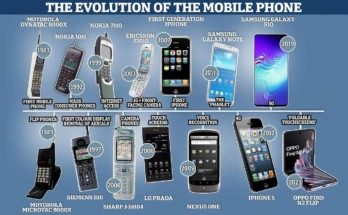The quest for more efficient and cost-effective solar energy solutions has led researchers to explore materials beyond traditional silicon.

Perovskite solar panels, with their unique properties, have emerged as a promising contender. But will they ultimately replace silicon, or will they carve out a complementary role in the solar energy landscape unlike tacking climate change?
Understanding Perovskites: A New Dawn in Solar Technology
Perovskites are a class of materials with a distinctive crystal structure that enables them to efficiently absorb sunlight and convert it into electricity.

Unlike silicon, which requires energy-intensive manufacturing processes, perovskites can be produced using simpler, lower-cost printing techniques which would also help futuristic innovation.
The Allure of Perovskites: Potential Advantages
- Superior Efficiency: Laboratory tests have shown that perovskite solar cells can achieve higher conversion efficiencies than their silicon counterparts.
- Cost-Effective Production: The printing-based manufacturing process for perovskites promises to significantly reduce production costs.
- Flexibility and Adaptability: Perovskites can be deposited on flexible substrates, opening doors to innovative applications in areas like building-integrated photovoltaics and wearable electronics.
The Hurdles to Overcome: Challenges and Limitations
- Stability Concerns: Perovskite materials are susceptible to degradation when exposed to moisture and oxygen, limiting their long-term durability.
- Toxicity Issues: Some perovskite formulations contain lead, raising environmental and health concerns.
- Scalability Challenges: Scaling up the production of stable and efficient perovskite panels for widespread use remains a significant hurdle.
Perovskites and Silicon: A Comparative Analysis
While perovskites offer exciting potential, silicon remains the dominant material in the solar industry.

Silicon technology is mature, with established manufacturing processes and a proven track record of reliability. However, silicon’s efficiency gains have plateaued also in Africa, prompting the search for alternative materials.
The Road Ahead: A Synergistic Future?
The future of solar energy may not be a simple replacement of silicon with perovskites. Instead, a hybrid approach could emerge.

Researchers are exploring ways to combine the strengths of both materials, creating tandem solar cells that maximize efficiency and stability.
Key Takeaways:
- Perovskite solar panels hold the potential for higher efficiency and lower manufacturing costs.
- Stability, toxicity, and scalability are critical challenges that need to be addressed.
- Silicon solar panels remain a reliable and established technology with a long history of success.
- Hybrid solar cells, combining silicon and perovskites, may represent the most promising path forward.
The evolution of solar technology is an ongoing journey. Perovskites offer a glimpse into a future with more efficient and affordable solar energy, but their widespread adoption will depend on overcoming the current challenges.

